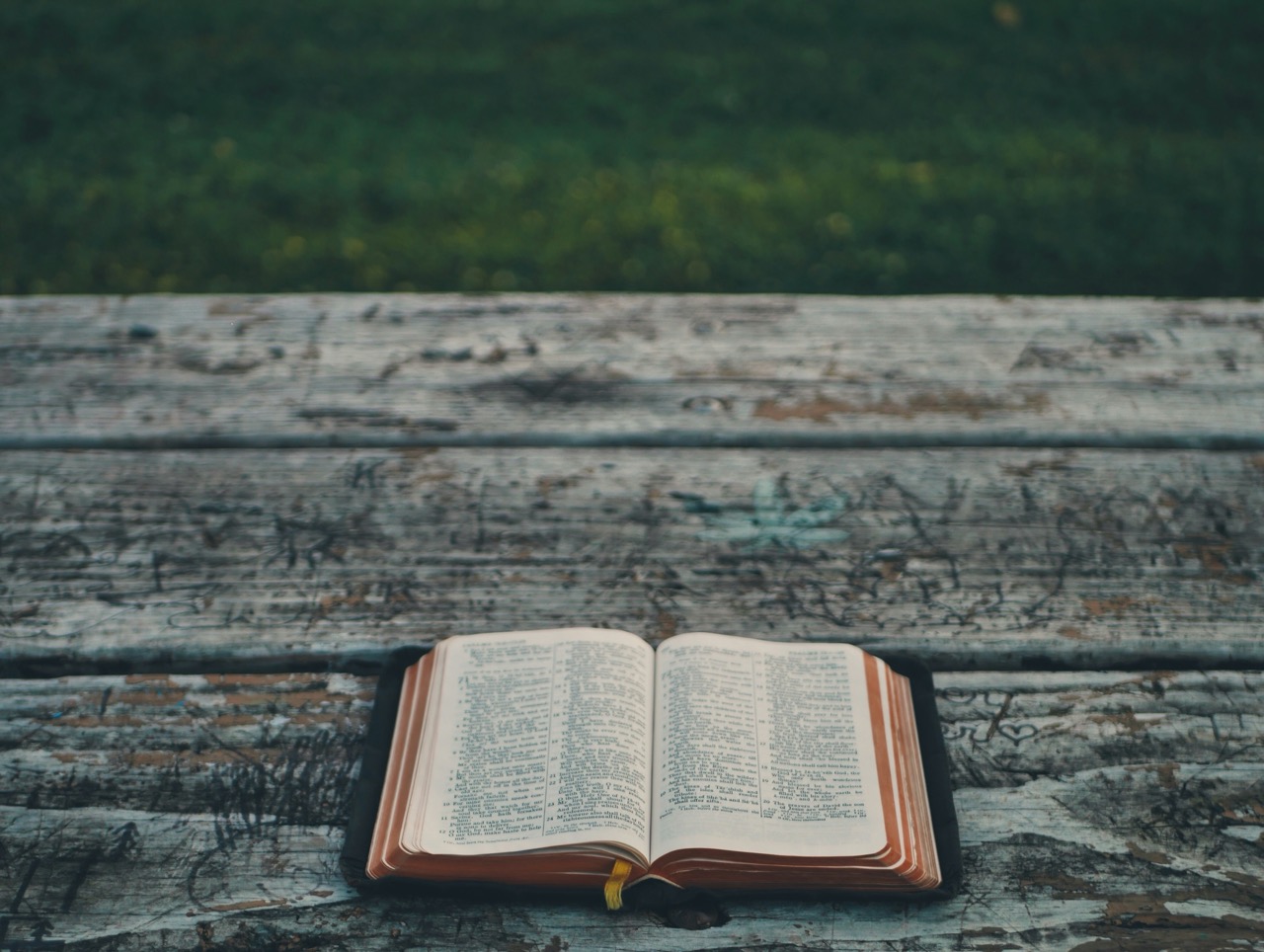The Time Between the OT and the NT (part 2)
The Time Between the OT and the NT (part 2)
In our Gospel Groups we have been studying through the Old Testament, but at the beginning of March we started looking at the New Testament. What happens between the two testaments? Nick Jefson has compiled some important information to give us a context for the activities that transpired between Malachi and Matthew. In Part 1 we will look at the Political Developments, and in Part 2 we will look at the Religious Developements.
RELIGIOUS DEVELOPMENTS
In our reading of Ezra, Nehemiah, and Esther, we saw the people of God return to their homeland and reestablish the city of Jerusalem and the Temple. This ushered in the period known as 2nd Temple Judaism and it lasted until 70 AD when the temple was destroyed by Roman forces. Solomon had built the first temple, but it was destroyed when the Israelites went into exile. Now, with the rebuilding of the temple, the Israelites saw a second chance to uphold the law of Lord and remain faithful to the covenant He made with them. This realization led to an increased religiosity and concern for keeping the entirety of the law. Despite the political changes, the religious aspect of Jewish life proved to be the heartbeat of the people. They sought to be distinctly Jewish by observing all of the law, including the observation of feasts and festivals, circumcision, and temple worship which included sacrifices. This seemed strange to the outside world, but the Jews enjoyed a certain level of religious independence for the majority of the 2nd temple period.
However, not every ruler was kind to the Jewish people. Some authorities were harsh and enacted laws and edicts that restricted or even forbade the observance Jewish customs such as sacrifice and circumcision. This led to heavy persecution of the Jews under the Seleucid rule and the tensions gave rise to the Maccabees and other zealots. This time of persecution, coupled with the memory of why their ancestors had been given over into exile, established a strict and fervent Jewish religious identity. Their worth as a people was wrapped up in the fact that they were God’s chosen people and they obeyed His commands to the fullest. This religious identity carried over into Roman rule. The Romans typically practiced syncretism where they would simply absorb the folk religions of whatever area they conquered into their robust pantheon of gods and goddesses. This syncretism often included emperor worship as well. Because of this, the Jews were allowed to practice their religion openly and even given a fair amount of authority when it came to their faith, so long as they pledged allegiance to Rome.
It is into this cultural, political, and religious world that Jesus is born. The readers of the New Testament are immersed in a world teeming with Greco-Roman rule and influence. Beyond that, there is the religious pull and authority of the Pharisees and Sadducees. The time in between the testaments is large an involves many actors and stages. But God is always in control. He is working all things together for His glory. As the various empires gained control over the Jewish people and struggled to keep it, God was preparing a world where a common language and culture could be shared. There was a uniqueness to the Jewish religion – but it had grown formulaic and legalistic. Jesus arrives to a world that is torn by passions and powers, yet He proclaims the coming of the Kingdom of God.





























